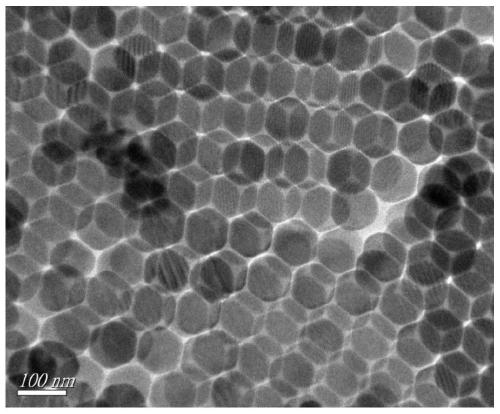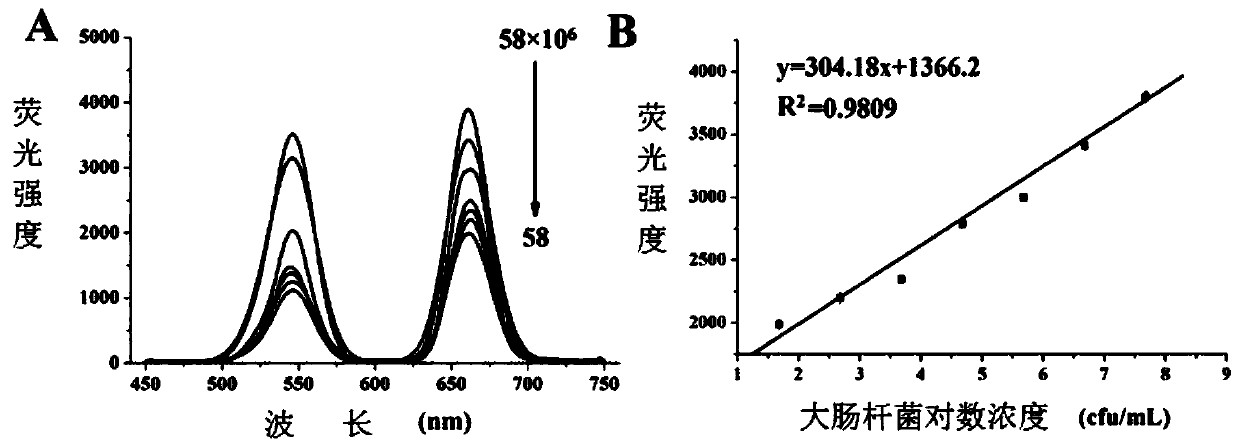Method for synthesizing quenching fluorescence RNA marker and method for detecting food-borne pathogenic bacteria
A technology of food-borne pathogenic bacteria and fluorescent markers, which is applied in the field of quenching fluorescent RNA marker synthesis, and can solve the problems of unreported nucleic acid of food-borne pathogenic bacteria
- Summary
- Abstract
- Description
- Claims
- Application Information
AI Technical Summary
Problems solved by technology
Method used
Image
Examples
Embodiment Construction
[0017] In order to make the objectives, technical solutions and advantages of the present invention clearer, the present invention will be further described in detail below with reference to the accompanying drawings and embodiments. It should be understood that the specific embodiments described herein are only used to explain the present invention, but not to limit the present invention.
[0018] The present invention is applicable to the detection of food-borne pathogenic bacteria. In the present embodiment, only Escherichia coli (E.coli) is used as an example, and the specific operation steps are as follows:
[0019] Upconversion nanoparticles with amino modifications were prepared by a solvothermal method. The specific process is as follows: the NH 4 F (6.24 mmol) was dissolved in 12 mL of EG. Take NaCl (1mmol), PEI (0.5g), Gd (NO 3 ) 3 (0.8mmol), Yb(NO 3 ) 3 (0.17mmol) and Er(NO 3 ) 3 (0.03 mmol) was dissolved in EG (38 mL) and stirred magnetically for 30 min. W...
PUM
 Login to View More
Login to View More Abstract
Description
Claims
Application Information
 Login to View More
Login to View More - R&D
- Intellectual Property
- Life Sciences
- Materials
- Tech Scout
- Unparalleled Data Quality
- Higher Quality Content
- 60% Fewer Hallucinations
Browse by: Latest US Patents, China's latest patents, Technical Efficacy Thesaurus, Application Domain, Technology Topic, Popular Technical Reports.
© 2025 PatSnap. All rights reserved.Legal|Privacy policy|Modern Slavery Act Transparency Statement|Sitemap|About US| Contact US: help@patsnap.com


